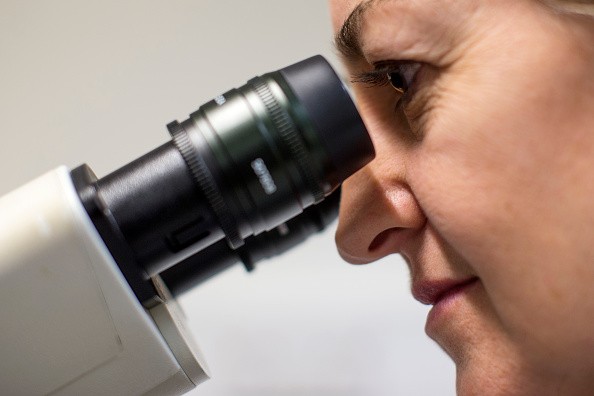
In a new genetic-related study, US researchers have revealed that at least 12 types of cancer may be because of heredity.
The new analysis provided by the Washington University School of Medicine may help make screening tests to be more accurate. The team used the genome data found in Cancer Genome Atlas Project by the National Institutes of Health (NIH), which already has more than 3,000 cancer cases.
According to their study, which is found in Nature Communications since Tuesday, they have identified at least 12 cancer types with inherited gene mutations. This is different from gene mutations that can occur anytime during the lifespan of a person.
These inherited gene mutations were determined using an extensive germ-line information investigation. The germ line contains inherited genes from the parents.
To ensure their analysis would be accurate, the germ line information is considered related to cancer only when it can also be found in the tumors at a "higher frequency."
Based on the information they gathered, they determined that while 12 cancer types can have inherited risk, they differ in terms of frequency, using truncated genes as their basis. These types of genes are sometimes referred to as nonsense mutation since the genes couldn't function correctly.
Of the twelve, the highest is ovarian cancer at 19%. It is then followed by stomach cancer at 11% and breast cancer at 9%. Four types of cancer have 8% genetic mutations. These are prostate, head and neck, glioma, and lung 1. Endometrial and lung 2 cancers have both 7% while glioblastoma and acute myeloid leukemia are 4%.
The study also suggested that there might be an inherited link between breast cancer and prostate cancer. Breast cancer is already known for its inherited gene mutations called BRCA1 and BRCA2, which also increased the risk of ovarian cancer. However, many of its germline truncations are also present in prostate and stomach cancer.
Although the results of the study can already be deemed promising, the researchers want to take it further by expanding its participants and number of genes analyzed.



